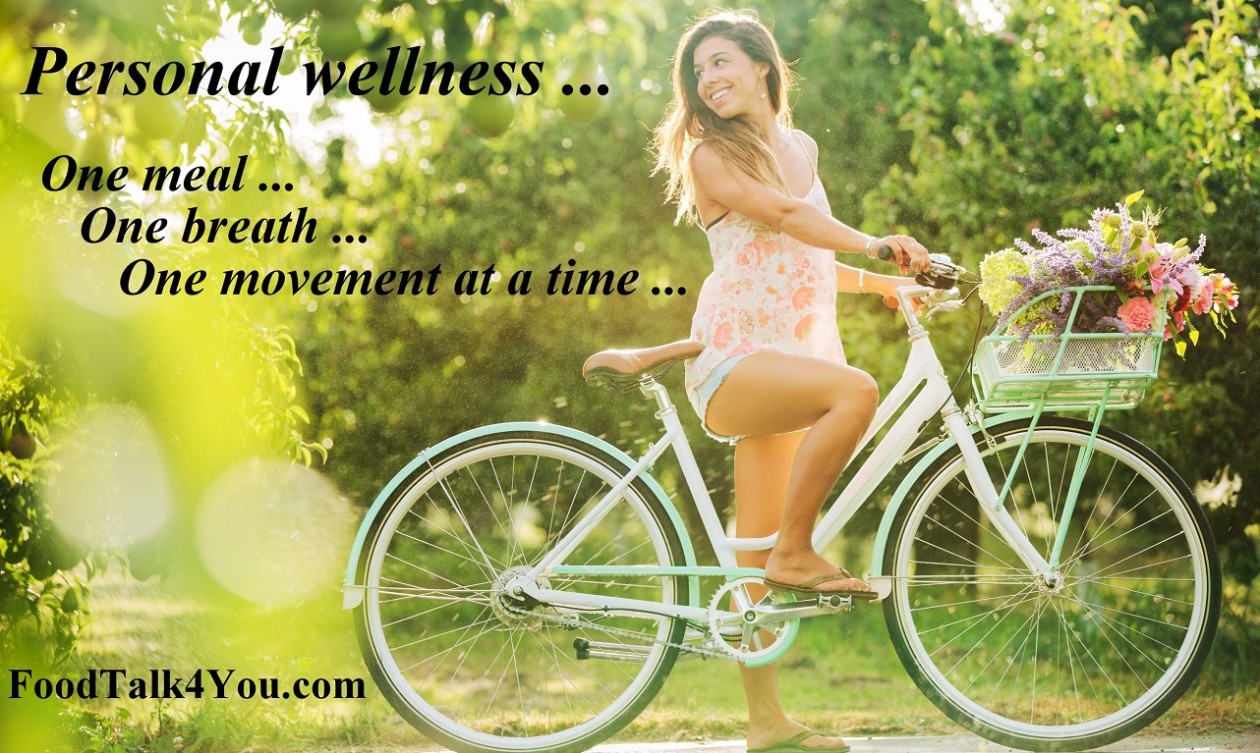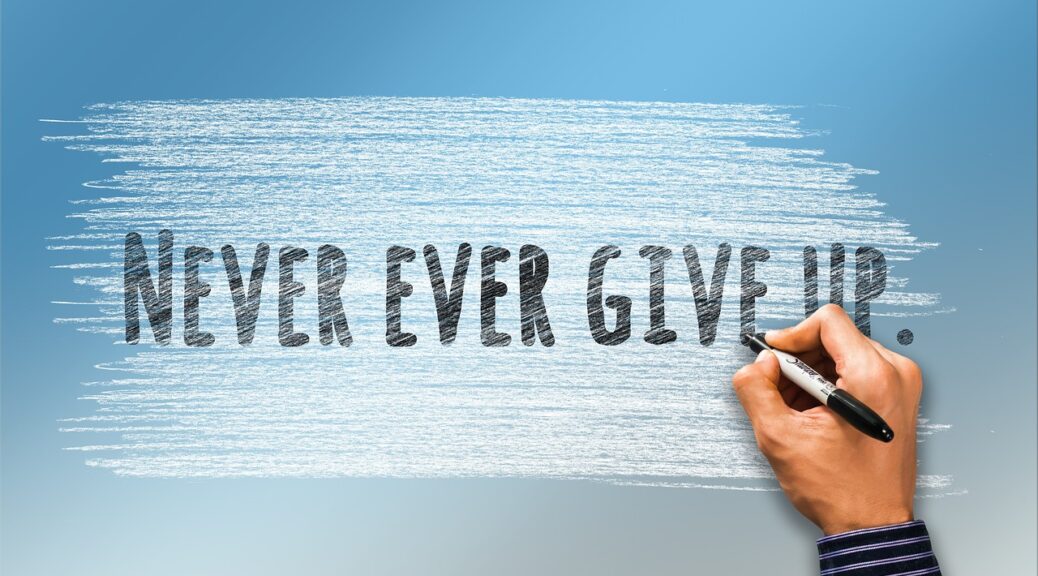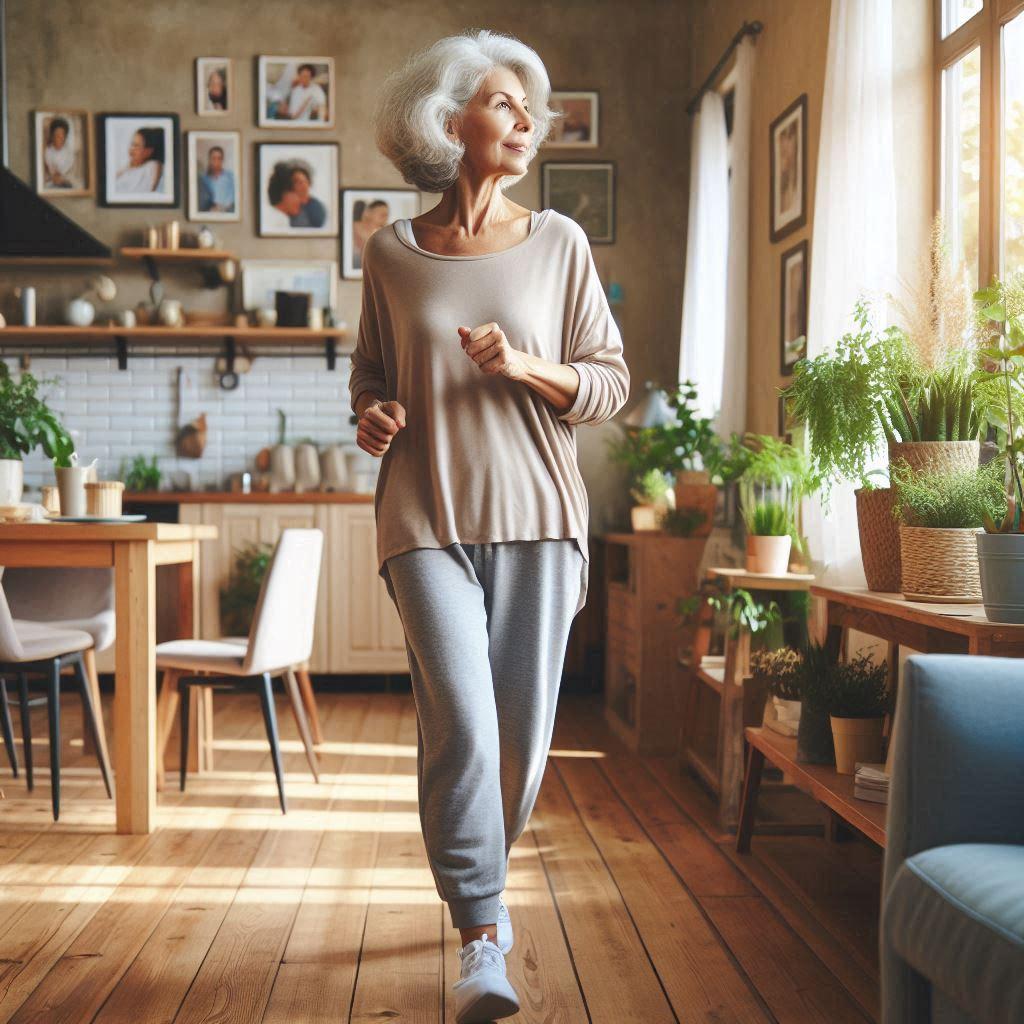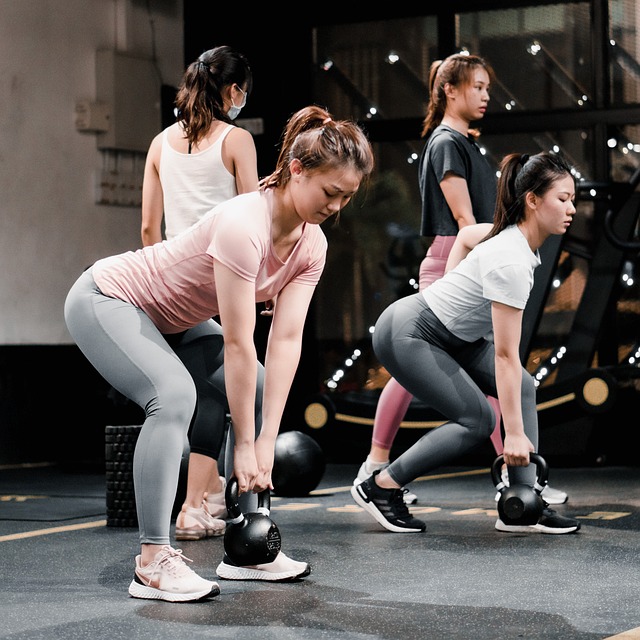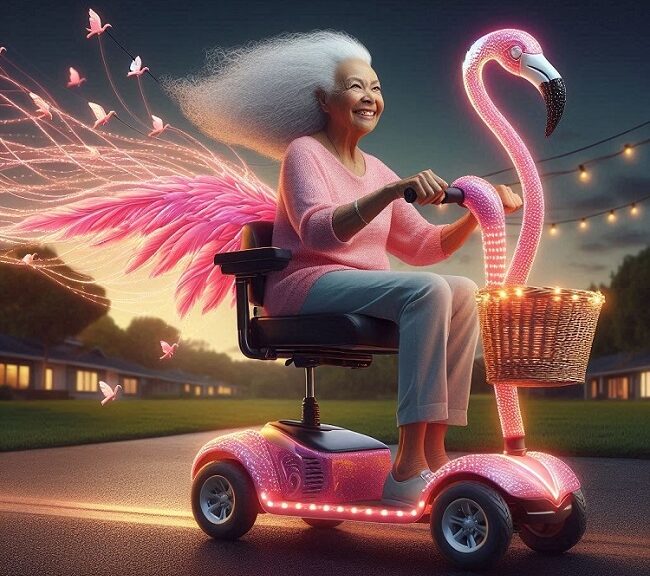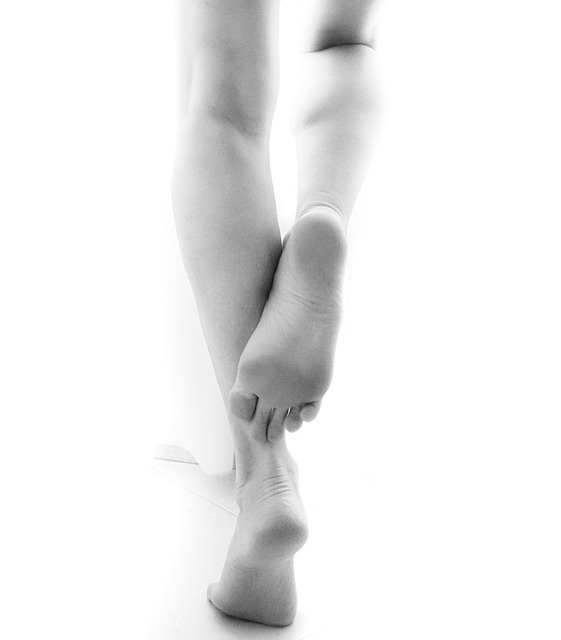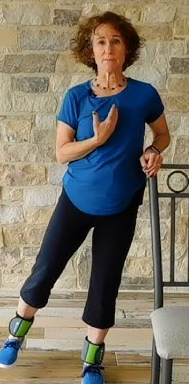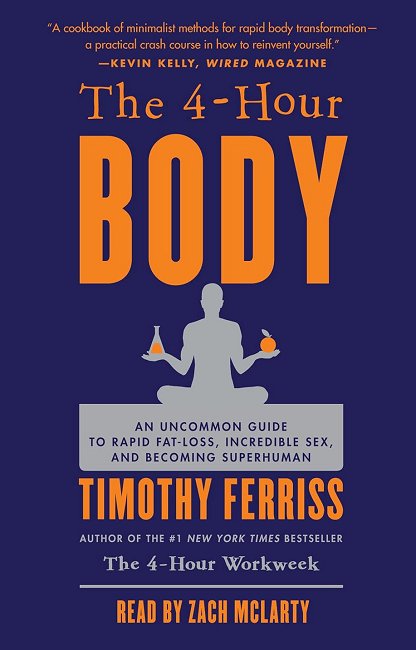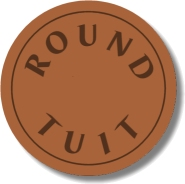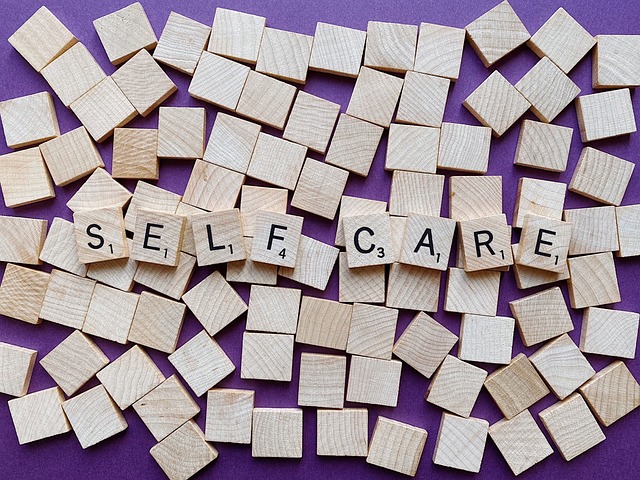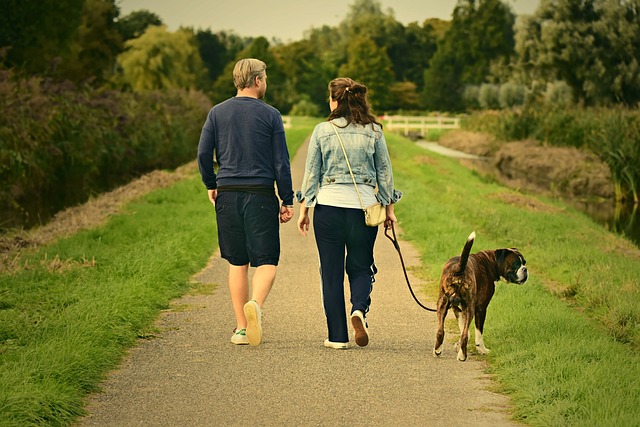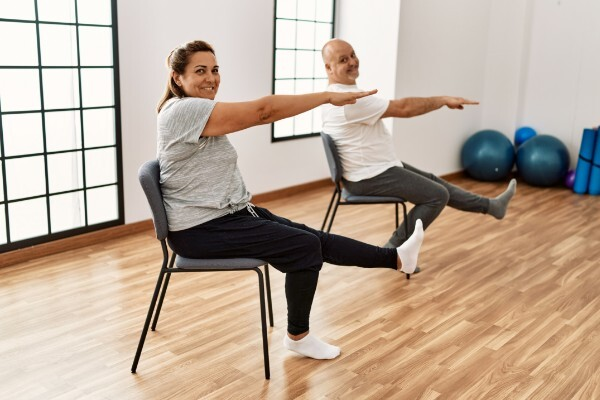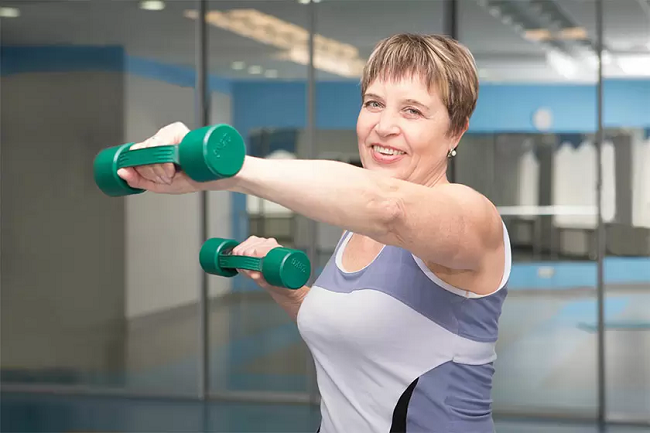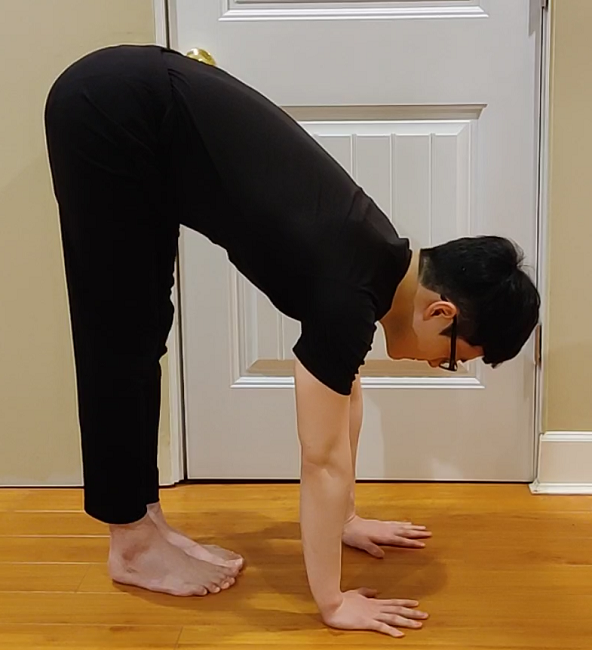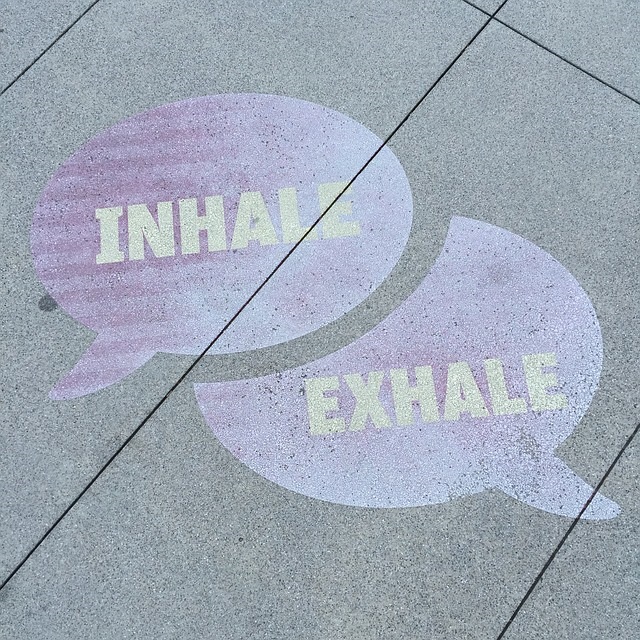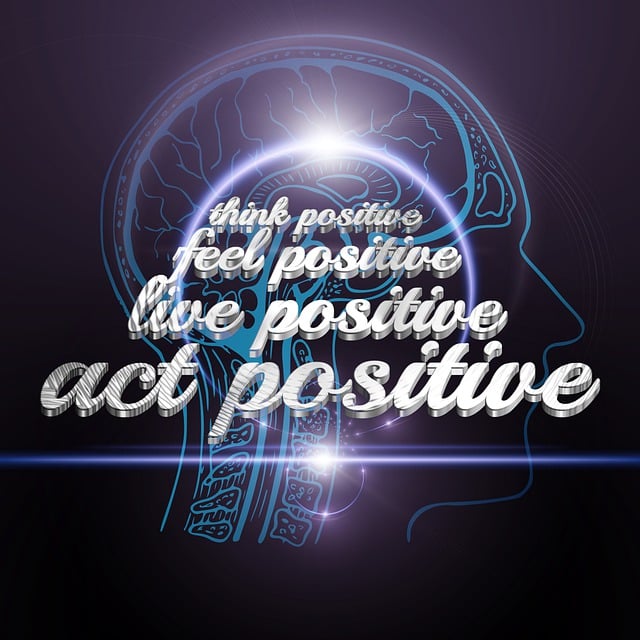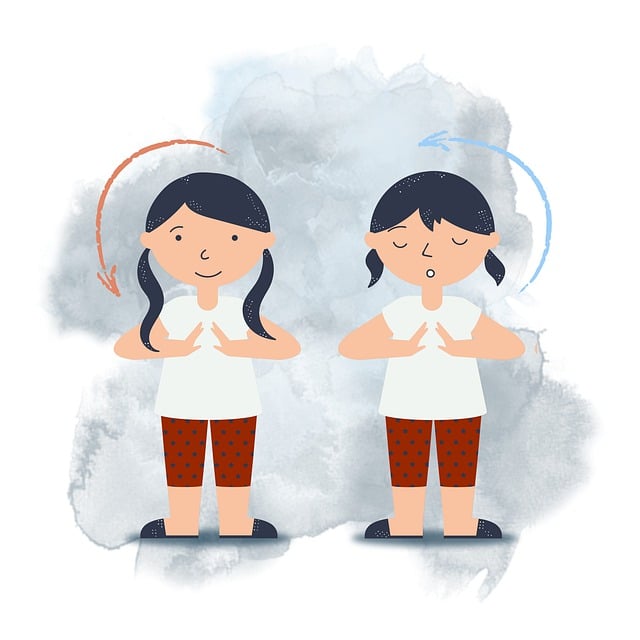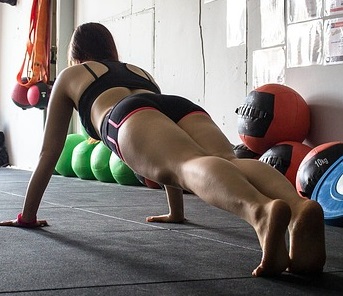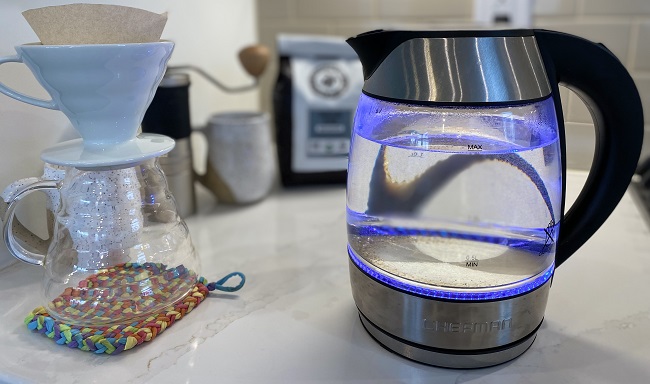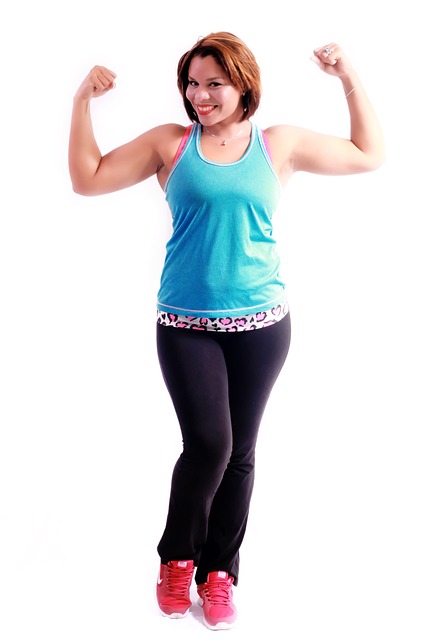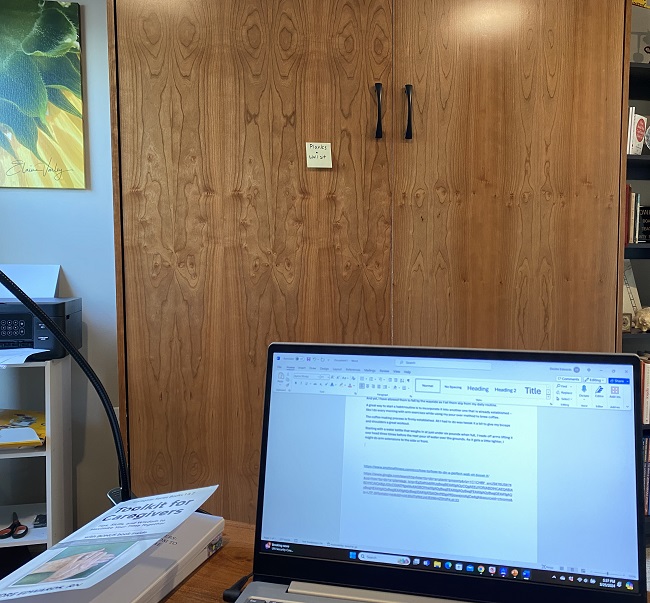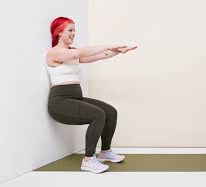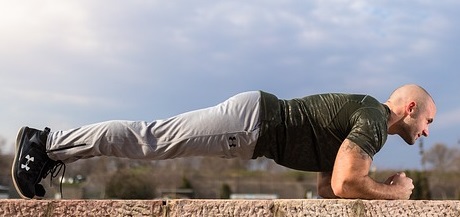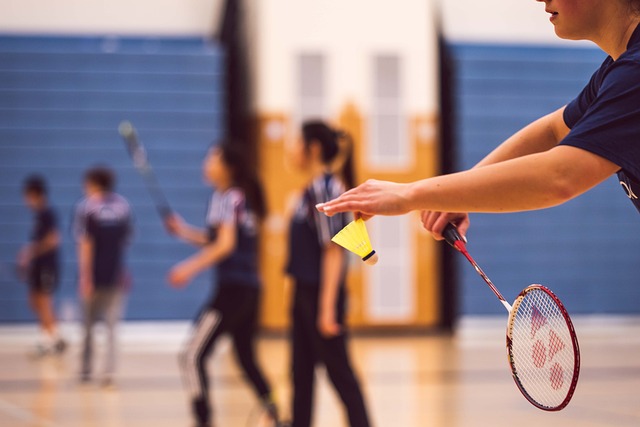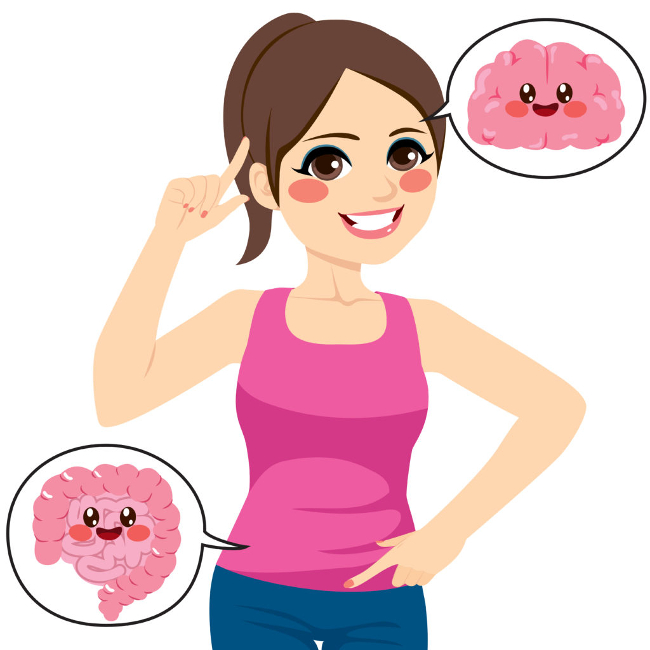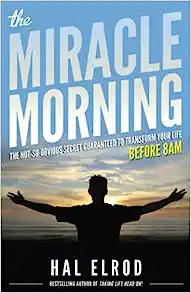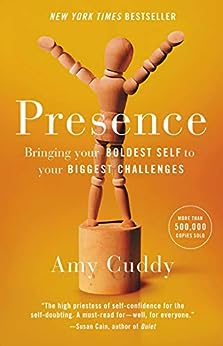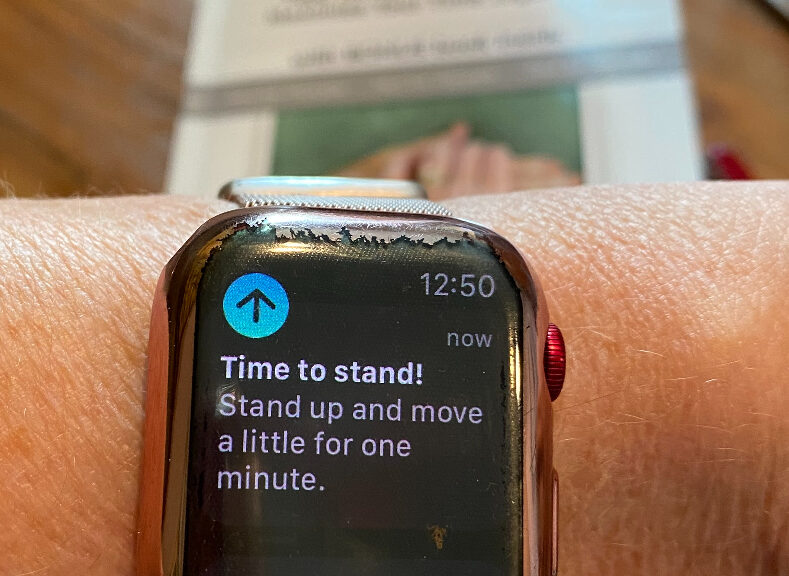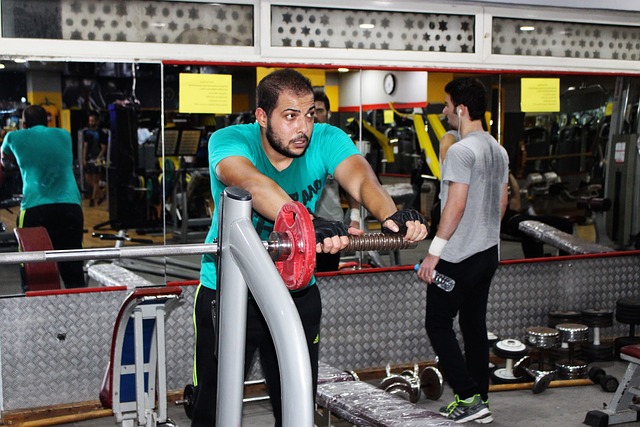Yes, but I’m active!
Time for true confessions.
I am strongly inclined to being active. I am not strongly inclined to formal exercise.
I walk fast – even from room to room at home. Outdoors, if I walk slowly to match the pace of someone else, it feels exhausting to me – add some speed, and I am happy.
My workspace at home is upstairs. I happily go up and down those stairs a dozen times a day or more.
Sitting for long periods without getting up? No! Keeping up with regular breaks to move around is easy!
Move heavy boxes and do yard work? Sure!
Touching toes? Done!
Planks? Can do!
Stand on one foot? Absolutely – but best with my eyes open! (see post on 8 April about Flamingos).
Planning my day around vigorous exercise at the gym, getting sweaty, and needing another shower … not so much since I moved into my new house.
But bone density issues and a rise in cholesterol numbers this past year do not lie.
I had allowed myself to hold onto the false idea that being active and nimble would, at least, keep the wolf on the other side of the door. Not so much.
The NIH put it this way (bold print is my emphasis):
Physical activity is defined as any bodily movement produced by skeletal muscles that results in energy expenditure … Exercise is a subset of physical activity that is planned, structured, and repetitive, and has as a final or an intermediate objective the improvement or maintenance of physical fitness. Physical fitness is a set of attributes either health – or skill-related.
Exercise is a component of physical activity. The distinguishing characteristic of exercise is that it is a structured activity specifically planned to develop and maintain physical fitness.
(Over the centuries…) Although the level of general physical activity has declined, most observers feel there have been increases in exercise participation in many countries since the late 1960’s.
So, I’ve returned to the gym, and now I use visualization techniques to stay motivated —imagining myself knocking out cholesterol molecules with every elevated heartbeat on the treadmill, and strengthening my bones with each added weight or resistance exercise.
Bam! Bam!
Build! Build!
It feels like a construction zone. And it is.
Don’t be lulled into thinking being nimble, agile, and generally active will replace … ugh … getting sweaty at the gym!
I already needed to rinse off after that two-mile walk this morning – guess I’ll wrap up the day with a stint at the gym before heading to the showers.
Gotta slay more cholesterol and strengthen those bones!
In health and sweat –
Deidre
If you liked this post, you can share it by using the options under the MORE button below. Yes, but I’m active!
